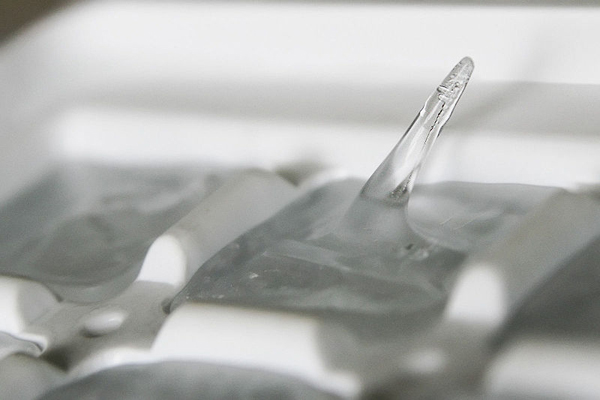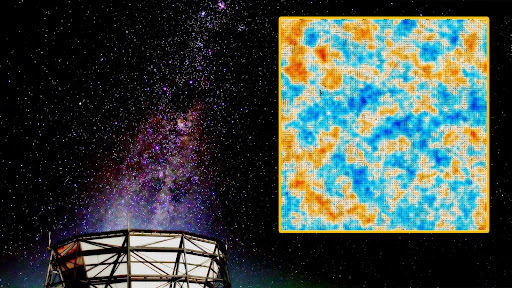What's This Spike Doing on My Ice Cube?

Upon opening the freezer to get some ice, I'm occasionally surprised to find a strange, icy pinnacle rising up from a cube in the tray. Knowing that fluid dynamics and phase transitions are some of the most complex subjects in physics, I suspected these inverted icicle structures might elude human explanation — or, at least, my own comprehension.
But as it turns out, there's nothing too mysterious about "ice spikes," as ice physicists call them.
"The 'pointy' ice cubes are a by-product of down-to-earth primitive design of icemaker trays, not a high science," said Victor Petrenko, a professor of refrigeration engineering at Dartmouth University and lead author of the book "The Physics of Ice" (Oxford University Press 2002). They form from the excess water that is squeezed out of a cube by the freezing (and expanding) ice around it, he said.
"When water freezes and turns into ice it increases its volume by about 8 percent," Petrenko told Life's Little Mysteries. "In 'waffle'-type icemaker trays, water freezes inside each cell from the cell's sides and bottom to its center and top. Sometimes, only a small hole remains unfrozen on the top and the water [from the center] is squeezed through it and freezes there." If the conditions are just right, the water freezes as a tall spike.
Another ice physicist, Matt Bailey of the Desert Research Institute in Reno, NV, describes in microscopic detail what happens to water in a freezing ice cube just before it "spikes": "There are regions where water gets trapped between advancing crystalline freezing fronts advancing through the volume. Water is referred to as an incompressible fluid, and strongly resists being squeezed.
"While the water is freezing there is actually a large amount of 'latent heat' being released due to the phase change [from liquid to solid]. This warming, and the pressure, causes the water to force itself through cracks or gaps between the freezing ice fronts, which, if it makes it to the surface, erupts as an ice spike."
Original article on Live Science.
Get the world’s most fascinating discoveries delivered straight to your inbox.
Natalie Wolchover was a staff writer for Live Science from 2010 to 2012 and is currently a senior physics writer and editor for Quanta Magazine. She holds a bachelor's degree in physics from Tufts University and has studied physics at the University of California, Berkeley. Along with the staff of Quanta, Wolchover won the 2022 Pulitzer Prize for explanatory writing for her work on the building of the James Webb Space Telescope. Her work has also appeared in the The Best American Science and Nature Writing and The Best Writing on Mathematics, Nature, The New Yorker and Popular Science. She was the 2016 winner of the Evert Clark/Seth Payne Award, an annual prize for young science journalists, as well as the winner of the 2017 Science Communication Award for the American Institute of Physics.




